During one of many flights, I watched a biopic on Filippo Brunelleschi and his architectural genius — particularly with the building of renaissance dome structures. During his lifetime, everyone thought he was insane because he believed he could build large domes without supporting structures. However, the dome atop the Florence Cathedral is a testament to his genius and after almost 600 years the structure still remains strong.
The Catedral de Santa María de la Sede in Sevilla wasn’t so lucky. The dome was built in the same style (during Brunelleschi’s lifetime) but didn’t follow the same architectural principles. As such, it has collapsed twice in its history — once in 1511, and again in 1888.
My point in mentioning this is that the line-up to get into the cathedral is long, and as you are waiting to gain entry you can stare at the dome to the right of the entrance and ponder these little tidbits.
For us, the Sevilla Cathedral is the Christopher Columbus (Cristóbal Colón) cathedral because it’s the final resting place of his body. It’s also one of the places that Niña really wanted to see in Spain.
As the story goes, Columbus died in Spain, and was buried where he died (Valladolid). He was then moved to Isla de La Cartuja, where he lived before his voyages. In 1542, his body was moved to the Santo Domingo Cathedral in the Dominican Republic. Columbus originally wanted to be buried in the New World but at the time of his death, no cathedrals befitting his stature existed. In 1795, France took control of the Dominican Republic and Haiti and Columbus’s body was moved to Cuba. In 1898, with Cuba’s war and subsequent independence, the body was moved back to Sevilla where it now rests under an elaborate tomb.
There’s been a lot of back and forth over whether or not the body in Spain is that of Columbus. The debate has raged for centuries and by 2004 anthropologists concluded that the body in Sevilla couldn’t possibly be that of Columbus because it was too puny to be the body of a hardened sailor. However, in 2006 DNA tests were done and the conclusion was that the body was indeed that of Columbus.
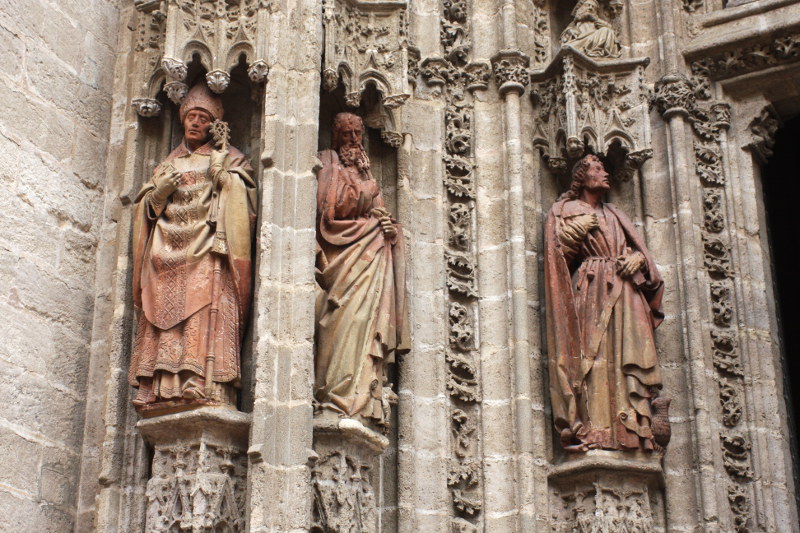
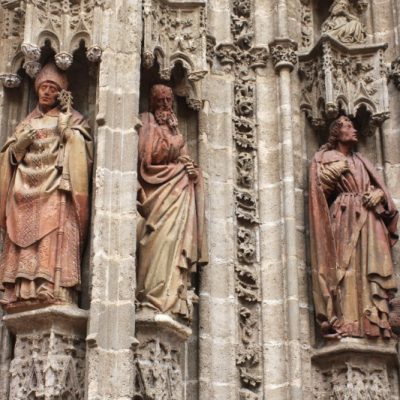
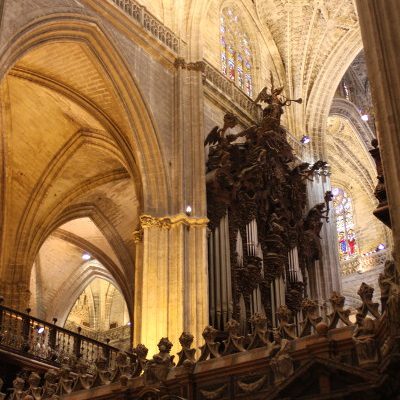
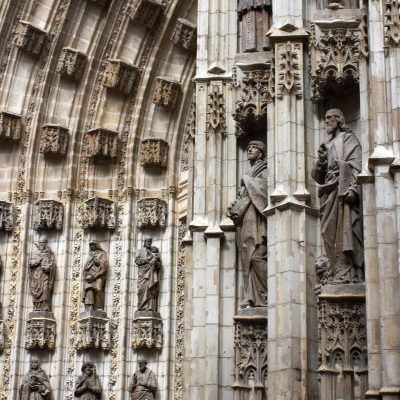
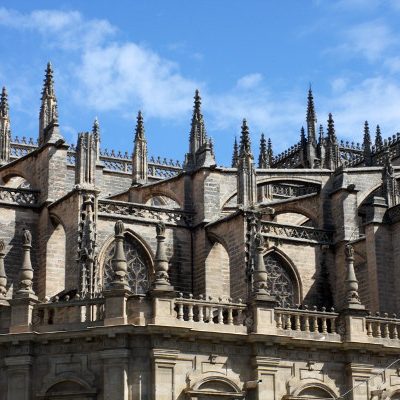
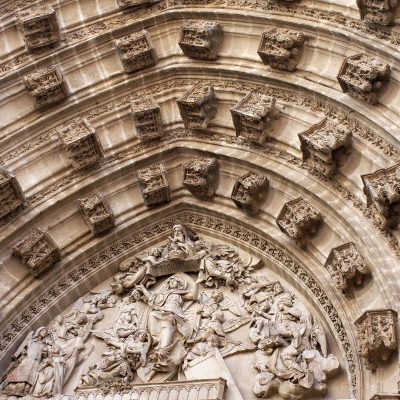
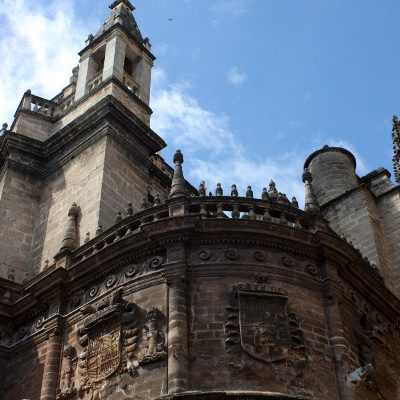
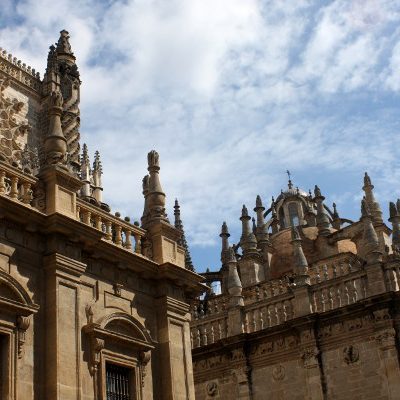
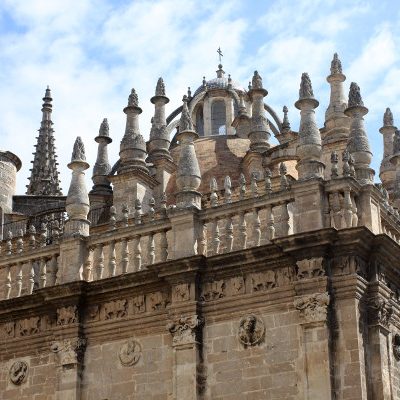
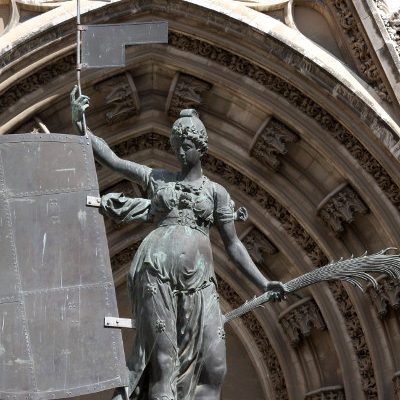
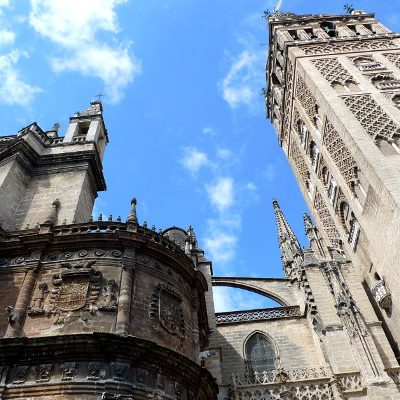
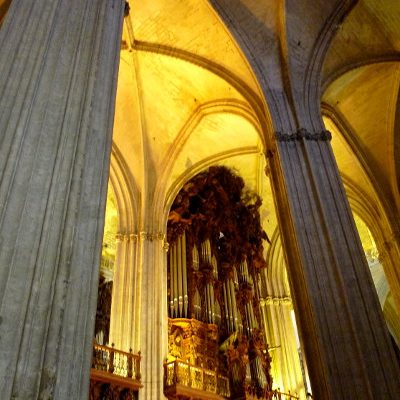
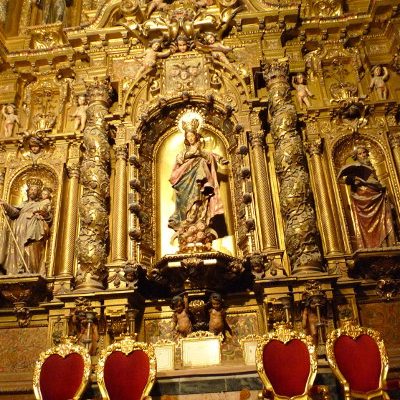
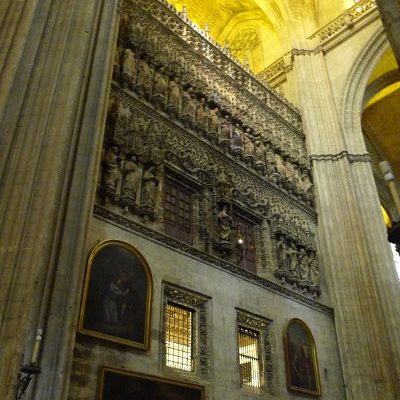
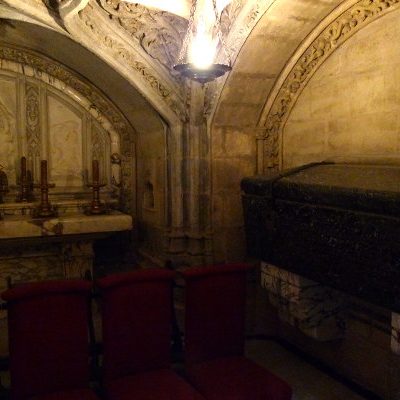
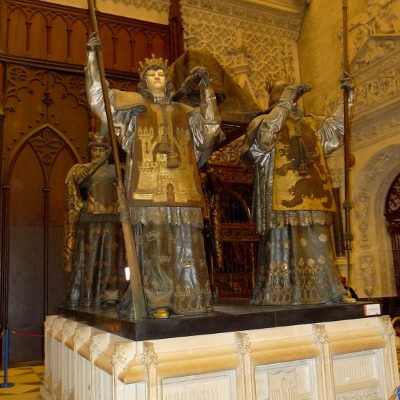
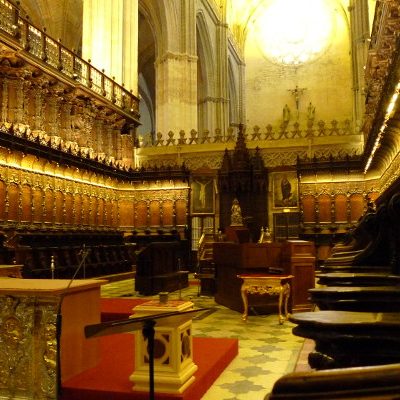
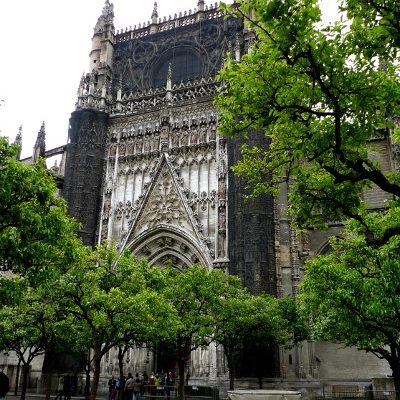
0 comments on “The Cathedral of Saint Mary of the Sea”Add yours →